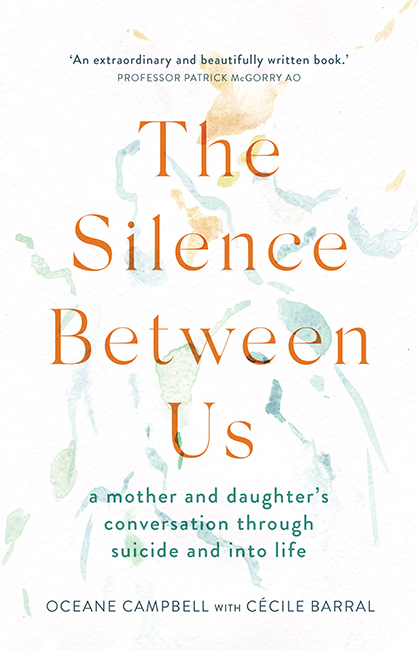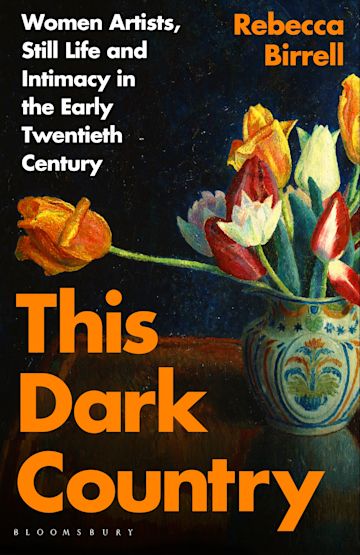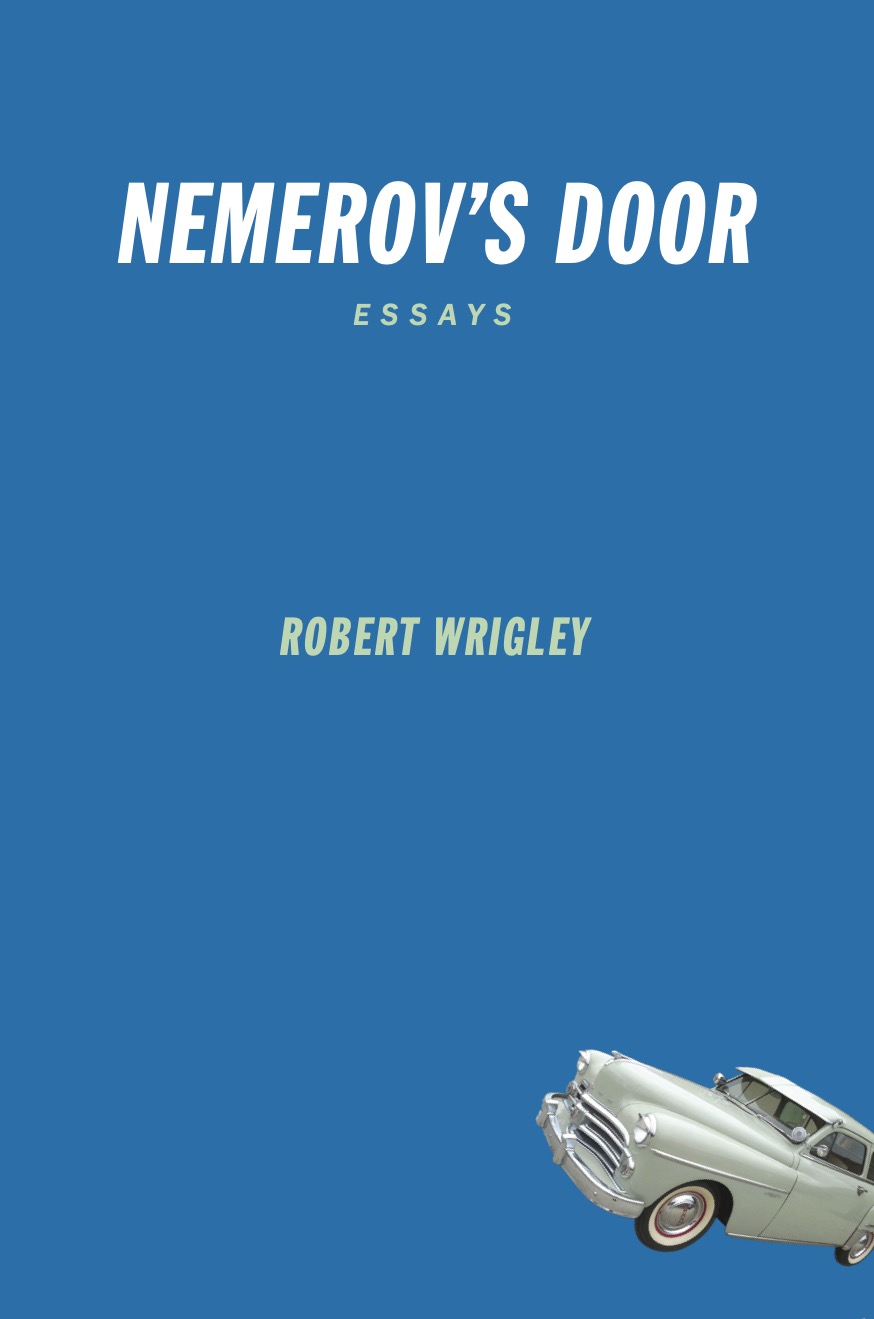 Aside from the illuminating value of the poetry, these modern poems are a pleasure to read. While specifically published as a teaching tool for writers of poetry, anyone who appreciates contemporary poetry should find The Strategic Poet to be a valuable addition to a personal library. On top of everything else, it’s both a challenging and a fun book to study with, filled with insight, imagination, rewarding tasks, and exceptionally fine writing.
Aside from the illuminating value of the poetry, these modern poems are a pleasure to read. While specifically published as a teaching tool for writers of poetry, anyone who appreciates contemporary poetry should find The Strategic Poet to be a valuable addition to a personal library. On top of everything else, it’s both a challenging and a fun book to study with, filled with insight, imagination, rewarding tasks, and exceptionally fine writing.
Category: Non fiction reviews
A review of Angle of Flickering Light by Gina Troisi
 Angle of Flickering Light tells an honest story. It’s the story of a life in progress, marked at its beginning by a series of small, devastating acts—a parent who should protect and cherish instead abuses.
Angle of Flickering Light tells an honest story. It’s the story of a life in progress, marked at its beginning by a series of small, devastating acts—a parent who should protect and cherish instead abuses.
A review of Friday Book by John Barth
 Essays can often have a certain unapproachable quality. However, when you read Barth, you can’t expect a constant stream of seriousness, or at least seriousness in the most acceptable times. Even before the barrage of essays comes forth to dazzle us, under the heading “The Title of This Book,” he already starts with some unserious seriousness when reflecting on the various sorts of titles floating around in the literary world—while refraining from actually speaking of his title much at all.
Essays can often have a certain unapproachable quality. However, when you read Barth, you can’t expect a constant stream of seriousness, or at least seriousness in the most acceptable times. Even before the barrage of essays comes forth to dazzle us, under the heading “The Title of This Book,” he already starts with some unserious seriousness when reflecting on the various sorts of titles floating around in the literary world—while refraining from actually speaking of his title much at all.
Clarity That Could Cut Through Bone: A Review of Listen Mama
 Listen Mama is less a traditional memoir and more a compilation of the author’s journal entries, many of which were written at the tender but precocious age of 14. These entries stretch over more than 19 years, covering in real time the heartaches, health problems, and general misfortunes that were thrown at this unfortunate person. What Williams brings to the memoir is a clarity that could cut through bone and a sober reconciliation with the past that can only come with age and knowing.
Listen Mama is less a traditional memoir and more a compilation of the author’s journal entries, many of which were written at the tender but precocious age of 14. These entries stretch over more than 19 years, covering in real time the heartaches, health problems, and general misfortunes that were thrown at this unfortunate person. What Williams brings to the memoir is a clarity that could cut through bone and a sober reconciliation with the past that can only come with age and knowing.
A review of The Silence Between Us by Oceane Campbell and Cécile Barral

A review of The Tramp in British Literature, 1850-1950, by Luke Lewin Davies
 Having published a book on fifteen (American, British and Irish) tramp writers, although devoting an entire chapter to each, after reading Davies’ book I was left feeling that I had only scratched the surface of this fascinating and under researched phenomena (Davies identifies thirty-three British tramp memoirists alone). I will have to read this book more than once to fully appreciate its scope and content, including the countless delightful anecdotes from the subject’s of Davies curiosity.
Having published a book on fifteen (American, British and Irish) tramp writers, although devoting an entire chapter to each, after reading Davies’ book I was left feeling that I had only scratched the surface of this fascinating and under researched phenomena (Davies identifies thirty-three British tramp memoirists alone). I will have to read this book more than once to fully appreciate its scope and content, including the countless delightful anecdotes from the subject’s of Davies curiosity.
A review of A Critical Inquiry: Text, Context and Perspectives by Sutanuka Ghosh Roy
 The section Indian English Poetry is quite daring in its inclusion of all modern age poets like, Adil Jussawalla, Sanjeev Sethi, Meena Kandasamy and Vihang A. Naik. Mostly, she looks for a hint of a world other than the real, mundane workaday world in the creations of these poets.
The section Indian English Poetry is quite daring in its inclusion of all modern age poets like, Adil Jussawalla, Sanjeev Sethi, Meena Kandasamy and Vihang A. Naik. Mostly, she looks for a hint of a world other than the real, mundane workaday world in the creations of these poets.
A review of This Dark Country: Women Artists, Still Life and Intimacy in Early C20 by Rebecca Birrell
 I adore this book, particularly as, growing up with a very creative single mother, I have intimate memories of spending one weekend where she, my brother and I painted all the bath panels, doors and cupboards of one of our houses with mermaids, nudes and still-lifes, inspired by the Charleston Homestead. I was enthralled from a young age with the worlds these femme artists created, their dreaminess and boldness to go against the grain of strict class, sexuality and gender expectations.
I adore this book, particularly as, growing up with a very creative single mother, I have intimate memories of spending one weekend where she, my brother and I painted all the bath panels, doors and cupboards of one of our houses with mermaids, nudes and still-lifes, inspired by the Charleston Homestead. I was enthralled from a young age with the worlds these femme artists created, their dreaminess and boldness to go against the grain of strict class, sexuality and gender expectations.
A review of The Asparagus Wars by Carol Major
 Compelled by a strong identification with Major’s experience of marriage and motherhood and a familiarity with the power structures that discriminated against her – remembering the marginalisation I’d faced as a single woman raising a child on my own – I came to the gradual understanding that my interaction with her work was almost wholly personal. My instinctive response to The Asparagus Wars, Major’s powerful recounts of gendered inequality, made it undesirable that I interact with the book in any other way.
Compelled by a strong identification with Major’s experience of marriage and motherhood and a familiarity with the power structures that discriminated against her – remembering the marginalisation I’d faced as a single woman raising a child on my own – I came to the gradual understanding that my interaction with her work was almost wholly personal. My instinctive response to The Asparagus Wars, Major’s powerful recounts of gendered inequality, made it undesirable that I interact with the book in any other way.
A review of Nemerov’s Door by Robert Wrigley
 For what Wrigley does so well with analyzing his own and others’ poetry, there is also a uniqueness with his ability to switch between poetic analysis and intimate memoir on command. The book as a whole is a highly original composition in that it succeeds in combining close readings of poetry, personal narrative, and poetry by Wrigley himself. All of which are quick to grab readers’ attention with a highly in touch sense of pathos and nostalgia.
For what Wrigley does so well with analyzing his own and others’ poetry, there is also a uniqueness with his ability to switch between poetic analysis and intimate memoir on command. The book as a whole is a highly original composition in that it succeeds in combining close readings of poetry, personal narrative, and poetry by Wrigley himself. All of which are quick to grab readers’ attention with a highly in touch sense of pathos and nostalgia.